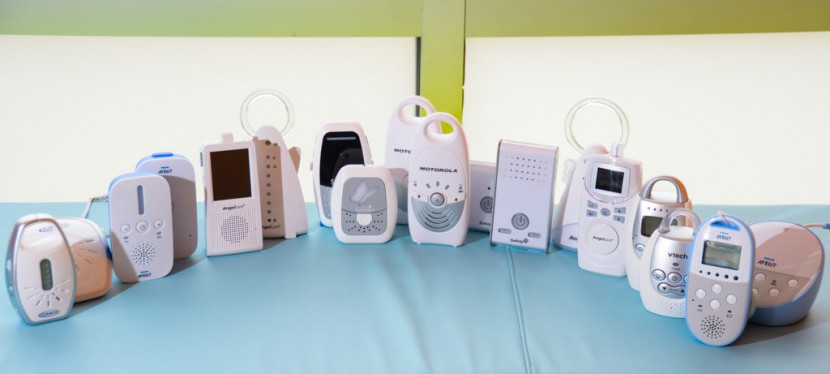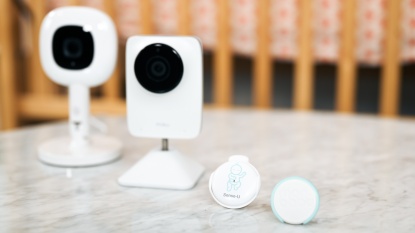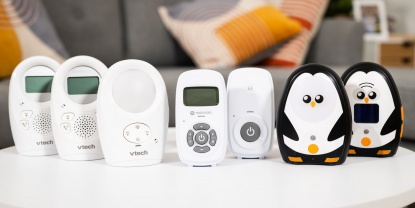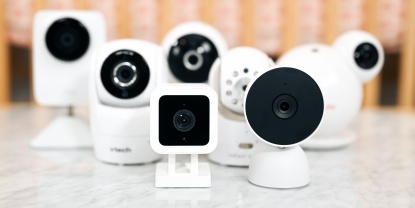While most moms and babies will not suffer complications during the last month of pregnancy, some might need a little closer monitoring for potential problems if they are considered at higher risk than your average pregnancy for whatever reason. With the baby developing quickly and losing valuable space, it can be of the utmost importance that you keep tabs on her progress and the conditions inside your body.
Your caregiver might consider using more frequent ultrasounds to track growth and development as well as movement and amniotic fluid volume. Your doctor might also consider doing a non-stress test or biophysical profile depending on your particular symptoms or information gathered from other tests. A non-stress test will monitor the baby's heart rate to ensure a healthy level of variability of acceleration and deceleration of the baby's heartbeat. If the test indicates little or no variability, it could suggest that the baby is suffering from abnormal stress, and further investigations should be done. A biophysical profile is a scoring method of assessing fetal well-being by considering various factors from breathing movements and muscular tone to amniotic fluid volume and movement.
Your caregiver should be able to use these test results to determine how the baby is managing inside the womb and if any potential complications could be happening or are about to occur. While not an exact science, many of these monitor options can help you feel better about how the baby is doing in the womb.
Reference Sources
- American Pregnancy Association - Week 34





